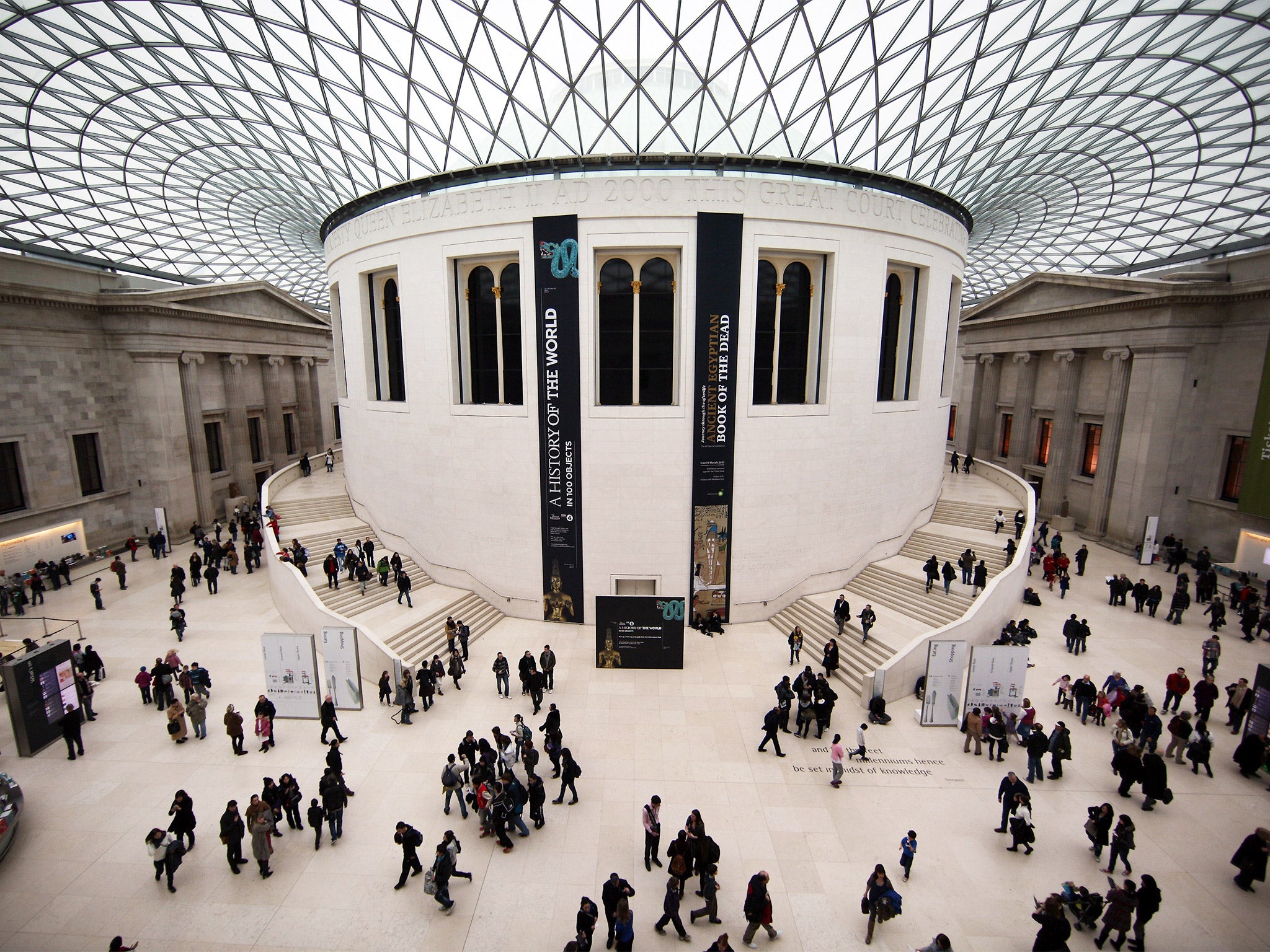British Museum exhibition reveals Australia's first ever UK cricket tour team were almost all aboriginal
The exhibition will seek to tell the history of indigenous Australians, from diverse Aboriginal tribes to the Torres Strait Islanders

The Australian cricket tour to England this summer, resuming the battle for the Ashes, will coincide with a major exhibition of their country’s indigenous culture at the British Museum.
Among the most surprising discoveries at the show for many will be the country’s first ever cricket tour to these shores, almost 150 years ago, was made up of entirely Aboriginal players.
The exhibition will seek to tell the history of indigenous Australians, from diverse Aboriginal tribes to the Torres Strait Islanders. The objects on display run from a shield collected by Captain Cook’s men in 1770 to a sign protesting land rights 200 years later.
Gaye Sculthorpe, curator of Indigenous Australia: enduring civilisation, said: “Even within Australia there is a lack of knowledge about the diversity of Aboriginal groups across the continent and the islanders with their distinctive history.”
Among the items on display is a club used by Jungunjinanuke, one of 13 members of the Aboriginal touring cricket team that arrived in England in 1868 and spent eight months playing around the country.
“Many people don’t know that the first Australian cricket team was an all-aboriginal team,” Dr Sculthorpe said. “They came here to play games of cricket for eight months. They also displayed their traditional skills.”
Ashes 2013-14: Australia celebrate whitewash victory with Sydney parade
Show all 12Those skills included using the war club, called a boammer or leangle, although used in a game where players dodged cricket balls thrown by spectators.
“Jungunjinanuke so impressed the crowd at dodging the balls that they lifted him on their shoulders and carried him into the dressing room,” Dr Sculthorpe said. The team won 14, lost 14 and drew 19 during their time in the country.
One significant work of art to travel from the National Museum of Australia is the large-scale painting Yumari by Uta Uta Tjangala, dating to 1971. He was one of the artists to initiate translating body painting and sand sculptures to canvas.
“It is an incredible work of knowledge” the curator said, adding: “Many Australians don’t know how close they are to this painting,” the curator said. The Australian Passport office used the design as the watermark on all Australian passports.
Prominent items from the British Museum’s permanent collection include the shield found at Botany Bay in Sydney, supposedly during Captain Cook’s first landing and skirmish with the indigenous people, one of whom dropped the shield.
“This exhibition is not just about indigenous Australians, but also their interaction with other Australians after 1770,” the curator said. “And this object signifies this very well.”
There will also be possessions of famed indigenous people such as the boomerang of Jandamarra, of the Bunuba people, who was killed as he led armed insurrections against the Europeans.
A recent object that will be displayed is the protest placard demanding land rights, when three Aboriginal men went to Canberra and pitched a beach umbrella in front of Parliament House in Canberra. “This issue of land is still an ongoing conversation, and this is one of the most important moments in the ongoing struggle,” the Dr Sculthorpe said.
“Parts of Australian history are difficult and in Australian history today people are trying to acknowledge that,” she said.
“For many decades there wasn’t any Aboriginal history in the history books; probably until the 1970s. The past 40 years there has been a transformation with more information about indigenous people in Australia. It’s a very complex story and we’re hoping the exhibition will convey the nuance.”
Subscribe to Independent Premium to bookmark this article
Want to bookmark your favourite articles and stories to read or reference later? Start your Independent Premium subscription today.

Join our commenting forum
Join thought-provoking conversations, follow other Independent readers and see their replies